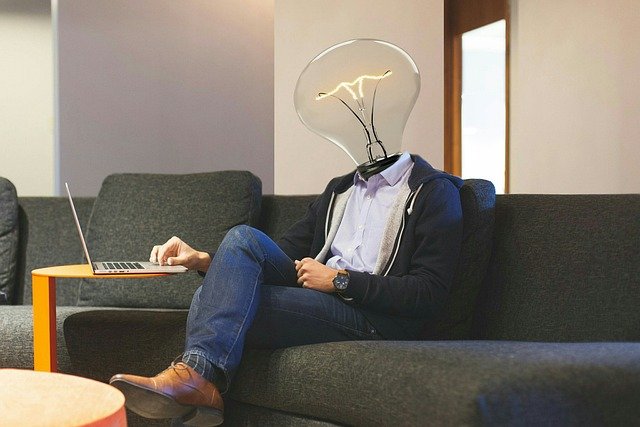Table of Contents
The fusion of artificial intelligence (AI) and art has opened un-thought-of new frontiers for creative expression. The advent of AI-driven tools like Dall-E, which harnesses AI and machine learning (ML) training, has revolutionised the realm of AI Imagery Innovation.
This article delves into the intricacies of AI Image Generation, exploring how it’s reshaping the boundaries of artistic creation and the potential implications for the future of art and design.
The Genesis of AI in Art
The journey of AI in art commenced with basic algorithms, evolving to more sophisticated AI and ML models. This progression was primarily fueled by advancements in computational power and data availability. AI systems like Dall-E utilise vast databases of images and texts to learn and replicate complex patterns, styles, and concepts inherent in human art. The result is an unprecedented level of AI Imagery Innovation.
The Mechanics of AI Image Generation
At the heart of AI-driven image creation is a process known as deep learning. Dall-E and similar tools employ neural networks specifically designed to mimic the human brain’s way of interpreting and creating visual art. These networks undergo extensive AI ML training, where they are fed countless images and textual descriptions. Over time, the AI learns to correlate specific words with images, enabling it to generate novel artworks based on textual prompts.
The Artistic Merits of AI Imagery
One might question the artistic value of images created by AI. Can a machine truly be creative? While AI-generated art might not replace human creativity, it certainly augments it. Artists and designers can use tools like Dall-E to explore new realms of creativity, pushing the boundaries of conventional art. The AI acts as a collaborator, offering new perspectives and possibilities that might not be conceivable by the human mind alone.
Ethical and Cultural Implications
As with any technological advancement, AI Image Generation raises ethical and cultural questions. Issues like authorship, originality, and the potential for AI to replicate existing artworks without consent are areas of ongoing debate. Furthermore, there’s a cultural aspect to consider – ensuring that AI art tools are trained on diverse datasets to avoid biases and represent a wide range of cultural aesthetics.
The Future Landscape
The intersection of AI and art, as showcased by tools like Dall-E, is not just a fleeting trend but a harbinger of a transformative era in creative expression. The future landscape of this union promises a myriad of possibilities, both exhilarating and challenging.
-
Expanding Creative Horizons
Looking ahead, it’s anticipated that AI image generation tools will evolve to be more intuitive and accessible, broadening their appeal and usability for a diverse spectrum of artists and designers. This democratisation of AI in the realm of art is set to unleash a wave of creative exploration and output.
-
Enhanced Collaborative Potential
As AI systems become more advanced, their ability to collaborate with human artists will also improve. We might see AI not just as a tool but as a creative partner, offering suggestions, generating ideas, and even learning from the feedback of its human counterparts. This synergy could give rise to new artistic styles and genres born from the fusion of human creativity and AI’s computational power.
-
Educational and Professional Implications
The burgeoning field of AI art will likely become a significant area of study and research. Educational institutions might offer specialised courses in AI and art, preparing the next generation of artists and designers for a world where AI is an integral part of the creative process. Similarly, professional realms, including graphic design, advertising, and entertainment, will increasingly rely on AI-driven tools, altering job roles and skill requirements.
-
Ethical and Cultural Evolution
As AI art becomes more prevalent, the discourse around its ethical and cultural implications will deepen. There will be a growing emphasis on responsible AI, ensuring that these tools are used ethically and that they respect cultural diversity and artistic integrity. This could lead to the development of new guidelines and best practices for AI in art.
-
Integration with Other Technologies
The future of AI in art is not just about AI alone; it will likely intertwine with other emerging technologies. For instance, the integration of AI with virtual and augmented reality could create immersive art experiences that blur the lines between the digital and physical worlds. Similarly, the combination of AI with blockchain technology could provide new ways to authenticate and trade digital art.
Conclusion
AI Imagery Innovation, exemplified by tools like Dall-E, is not just a technological marvel but a gateway to uncharted artistic territories. As AI continues to evolve, so will the landscape of art and design, offering boundless opportunities for creativity and expression.
For those intrigued by the potential of AI in business and creative domains, exploring structured learning paths is crucial. One such opportunity is the Executive Programme in AI for Business offered by IIM Lucknow in collaboration with Imarticus Learning. This program provides a comprehensive understanding of AI and its applications in various business contexts.
Learn more and embark on your journey into the world of AI by visiting IIM Lucknow’s AI for Business Programme. Embrace the future today!

